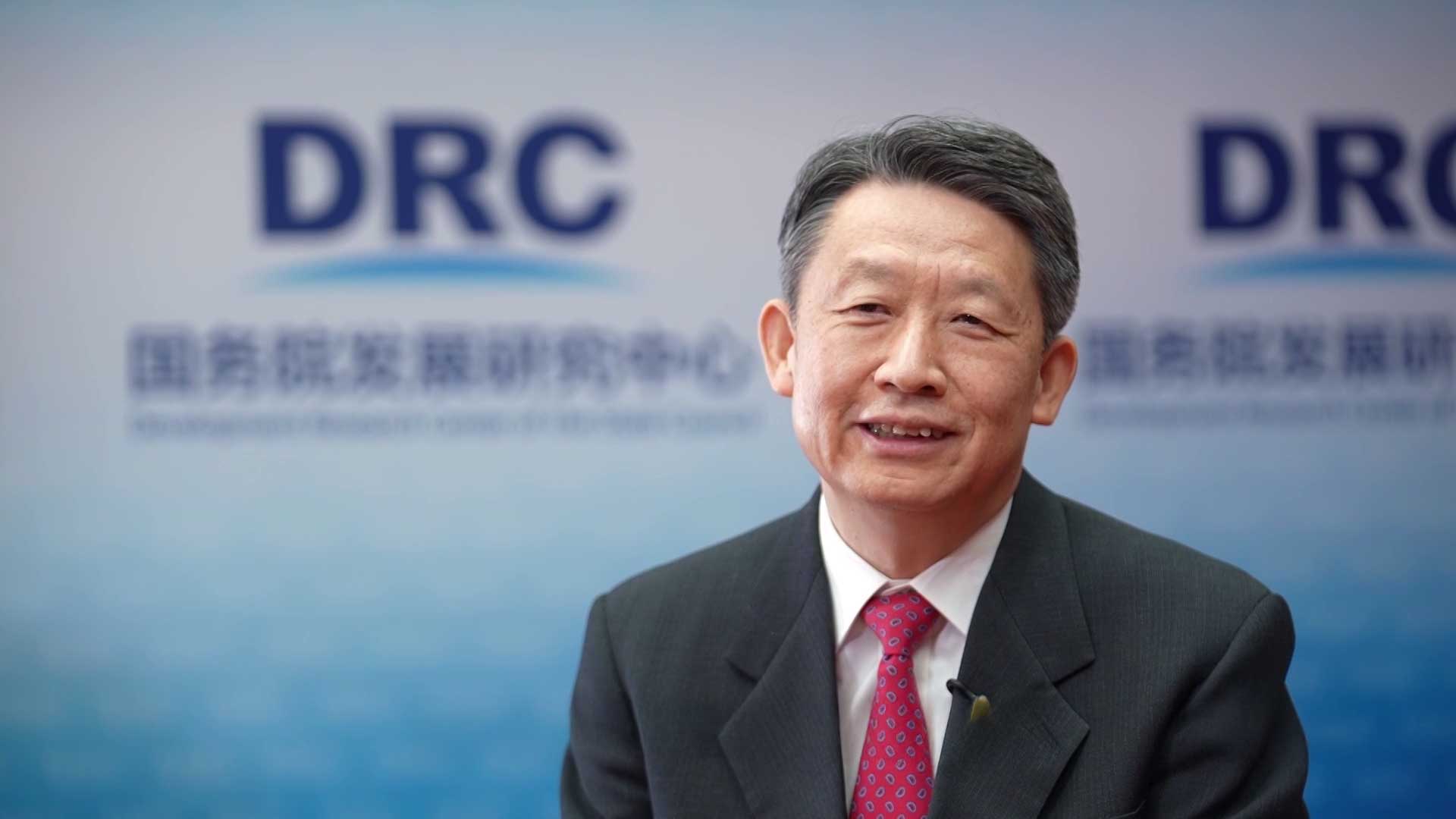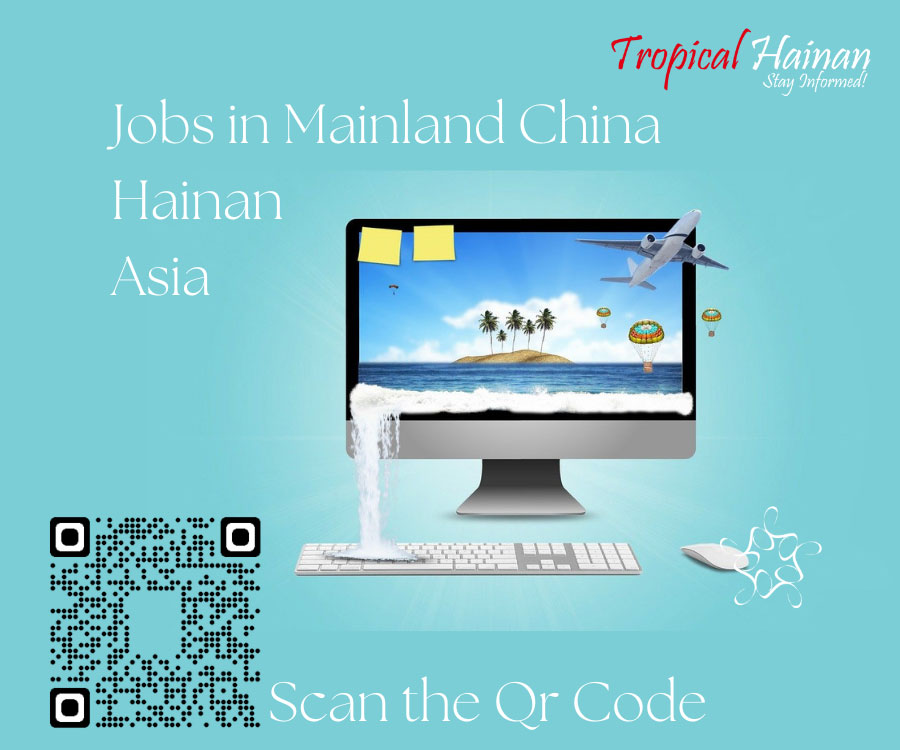From Island-Wide Customs Closure to National Impact: Hainan’s Role in China’s Trade Reform
Interview with Long Guoqiang, Deputy Director of the Development Research Center of the State Council
On December 18, 2025, Hainan Free Trade Port (FTP) will officially launch island-wide customs closure operations, a landmark step in China’s opening-up approved by the CPC Central Committee.
In the first episode of Experts’ Perspectives on the Free Trade Port, Long Guoqiang, Deputy Director of the Development Research Centre of the State Council, shared his views on what the upcoming customs closure will mean for Hainan, its residents, and the wider economy.
From blueprint to reality
Under the Master Plan for the Construction of the Hainan Free Trade Port, the Development Research Center of the State Council is responsible for evaluating the entire construction process. Long has been involved in this work since the Master Plan was issued more than five years ago.
Over these years, Hainan has moved from planning to tangible progress. We are now entering a stage of taking shape and gaining momentum, the customs closure is about to begin. Long Guoqiang, Deputy Director of the Development Research Center of the State Council
What “customs closure” means in practice
The Master Plan calls for building the FTP’s policy and institutional framework in stages. For this phase, four main measures have been designed:
Zero-tariff expansion for goods trade

Goods entering Hainan from overseas, the “first line”, will enjoy far broader tariff exemptions, with the share of zero-tariff tariff lines rising from 21% to 74%. Within the island, eligible entities can circulate these goods without paying import duties. If local processing adds 30% or more value, those goods can then enter the mainland market exempt from customs duties.
More flexible trade management
For first-line imports, opening arrangements will be made for certain goods that are currently subject to national prohibitions or restrictions.
Streamlined cargo movement
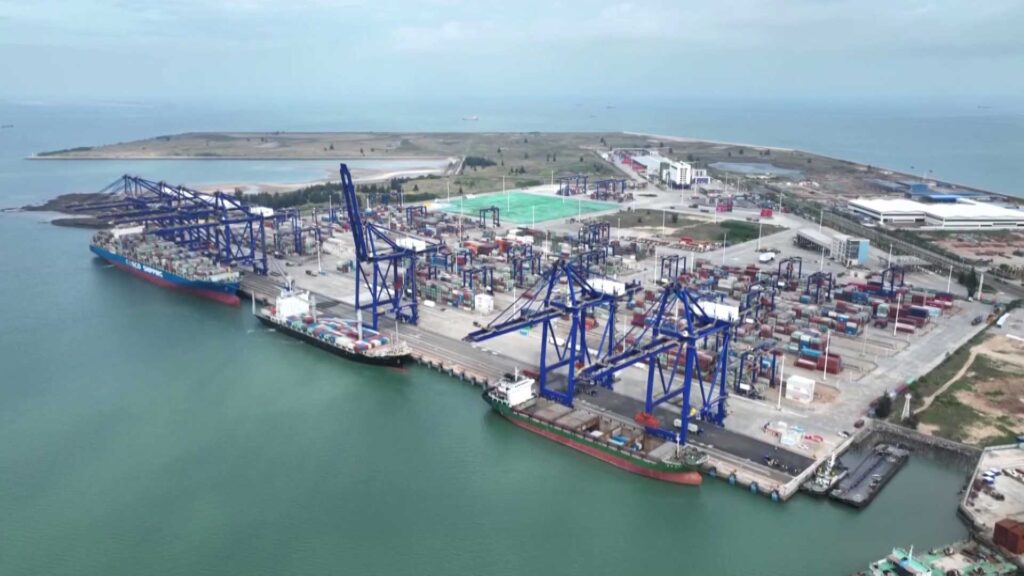
Hainan has 8 first-line ports open to overseas trade. Goods that meet import requirements can be released directly by customs at these ports. There are also 10 second-line ports, including Haikou Xinhai Port and Haikou South Port, through which goods enter the mainland. Customs and local authorities are adopting fast-track measures to speed their passage.
Efficient, targeted supervision
More efficient and precise supervision models will ensure the new opening-up policies are implemented smoothly and effectively.
Benefits for residents and businesses
For people living and working in Hainan, the impact goes beyond lower tariffs.
“A better business environment will attract more domestic and international investment,” Long explains. “That means more economic activity, more high-income jobs, higher household incomes, and appreciating assets. Residents will have more choices in life.”
The talent pool is also becoming more diverse. The government workforce now includes both local and transferred officials, combining experience from across the country. Meanwhile, on the market side, many institutions are already positioning themselves for the opportunities the FTP will bring.
Building “new quality productive forces”
The Hainan Provincial Party Committee and Provincial Government are focusing on building new quality productive forces, positioning the province as a hub for emerging industries, especially the digital and green economies.
“The Free Trade Port is about the future, not chasing the past,” says Long. “Those who seize the opportunities brought by technological advances can leapfrog ahead. Hainan is aiming exactly at that.”
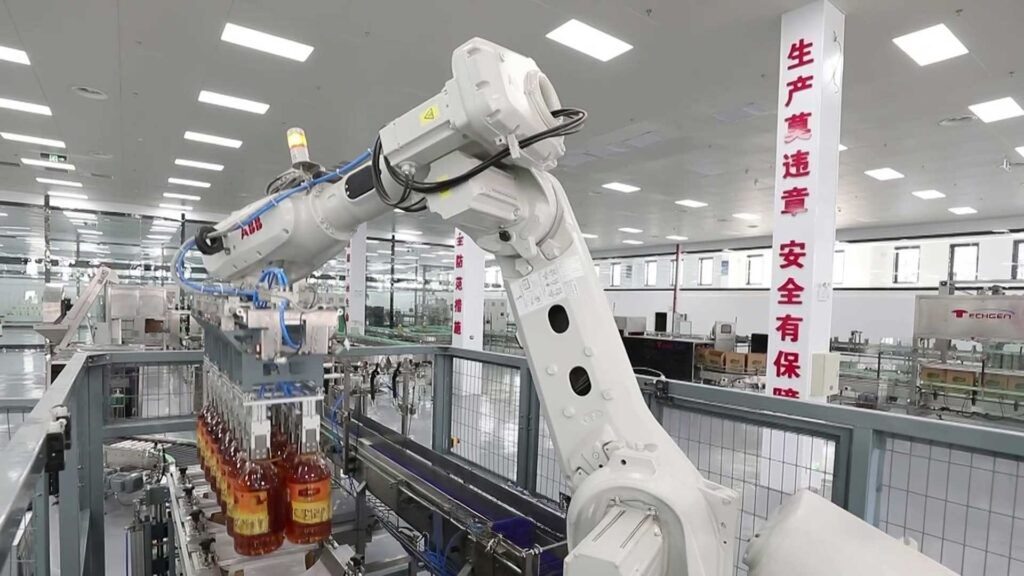
A well-designed policy environment for these sectors could encourage companies to base R&D or management centers in the province.
Next steps for greater opening-up
While the customs closure is a milestone, Long stresses that further reforms are essential. Key tasks include:
Building a safe, convenient trade management system for the free entry and exit of goods
Creating an open, transparent, and predictable investment environment
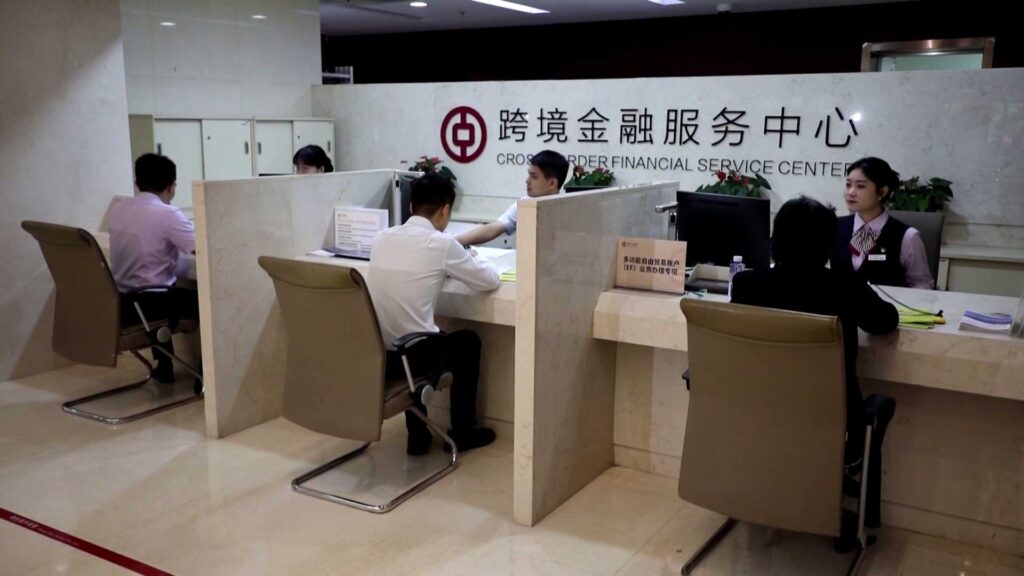
Gradually developing financial policies suited to open development
Relaxing entry-exit restrictions for people
Establishing a free and open shipping system
Enabling efficient, convenient, and secure cross-border data flows
Clearing misunderstandings: Hainan is not “outside the customs territory”
Some observers mistakenly think the customs closure will make Hainan “inside China’s borders but outside its customs territory.” Long is clear:
The Hainan Free Trade Port is a special customs supervision area, not an unregulated zone. It remains part of the PRC customs territory. Long Guoqiang
Goods and transport moving across the first or second lines will still be governed by China’s tariff and customs laws. The General Administration of Customs is working with Haikou Customs to build a smart supervision platform for precise, efficient regulation that facilitates trade while ensuring security and supports the healthy development of the FTP’s characteristic industries.
Looking ahead
Long believes the customs closure should be seen as both a starting point and a test:
“We must use this moment to ensure policies are implemented, improve the FTP’s institutional framework, and steadily advance institutional opening-up. The goal is to make Hainan a leading gateway in China’s new era of opening-up.”


